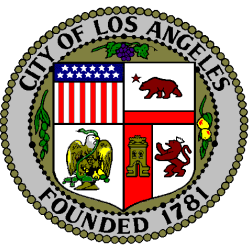How can retrofitting help in water conservation?
The environmental impact of both residential and commercial buildings has become apparent. Many states, including California, recognize the value of green construction and sustainability as a part of their responsibility to protect the earth and its natural resources from damage.
Green and sustainable practices within buildings produce healthier and more resource-efficient operation and maintenance models. Luckily, a building doesn’t have to be new to be efficient. A Professional Water Conservation Retrofitter can upgrade your facility to minimize its environmental impact and make it greener.
Why is water conservation necessary?
Geographic areas, such as California, with acute water shortages, make water conservation a non-negotiable issue. Managing water consumption is now more critical than ever.
The daily water usage in a regular household can range into hundreds and thousands of gallons. Think about the water usage at commercial production units.
Only 3% of our surface water is drinkable freshwater, and most of it is not available for drinking since it's locked in various forms, such as glaciers, groundwater, etc.
Therefore, we must all implement water-saving strategies in our building design to conserve water for our future. Because not saving water is the same as wasting it.
Water Conserving Plumbing Fixtures in California
All residential and non-residential real property sold in Los Angeles must comply with Los Angeles Municipal Ordinance No. 172075, which requires property owners to upgrade their indoor water-using fixtures to water-efficient models prior to the close of escrow.
Effective from 1st December 2009, all plumbing fixtures in new and existing buildings shall meet the following requirements:
Toilets: Efficiency toilets shall not exceed 1.28 gallons (effective) per flush (GPF)
Urinals: The maximum flush volume of high-efficiency urinals shall not exceed 0.5 (GPF). Effective 1st October 2010, the maximum flush of high-efficiency urinals shall not exceed 0.125 (GPF)
Faucets: All faucets in public restrooms should be self-closing. The flow rate for all residential faucets shall be 2.2 GPM except for the following:
- The maximum flow rate for public-use lavatory faucets shall be 0.5 (GPM)
- The maximum flow rate for private-use lavatory faucets shall be 1.5 (GPM)
Exception: Metering faucets shall discharge not more than 0.25 gallons (1.0 liter) of water per cycle.
The flow rate of a pre-rinse spray valve used in commercial kitchens to eliminate food waste from dishes and cookware before cleaning should not be more than 1.6 (GPM).
Showerheads: All showerheads must be low-flow, and the maximum flow rate must not exceed 2.0 GPM. This regulation does not apply to the emergency showerhead for health or safety purposes.
Escrow Retro is a team of professional Water Conservation Retrofitters dedicated to upgrading your place as per the current building codes of California. Visit our website today for expert assistance and queries!






